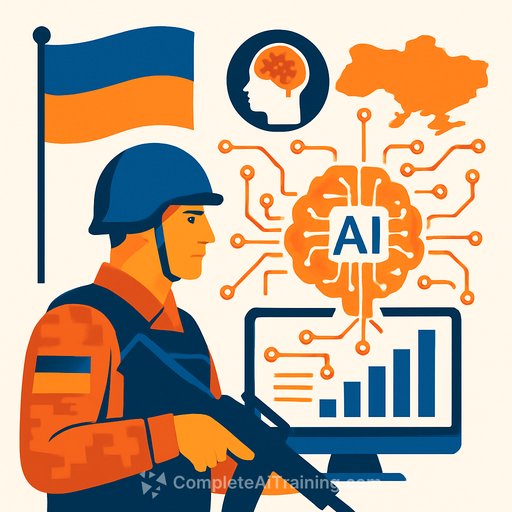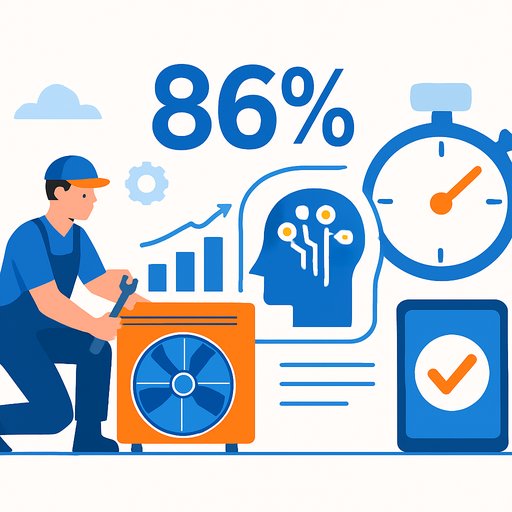Ukraine’s Defense Intelligence Accelerates Operations with Artificial Intelligence
General Kyrylo Budanov, head of Ukraine’s Defense Intelligence, highlights how artificial intelligence (AI) is transforming intelligence operations amid the ongoing conflict with Russia. What once took hours now happens in minutes, improving speed and accuracy in gathering and analyzing intelligence.
Ukraine’s Defense Intelligence team is actively testing advanced AI tools to streamline complex tasks. According to Budanov, AI enables analysts to complete processes in a fraction of the time previously required by human effort.
“Artificial intelligence performs in a fraction of the time what used to take people hours, or even longer. That's just a fact,” Budanov stated.
How AI is Changing Intelligence Work
While specific AI applications remain confidential, experts suggest these technologies assist in:
- Image recognition from satellite and drone footage
- Processing open-source intelligence
- Sorting intercepted data to identify patterns and anomalies
- Cyber defense and predictive threat modeling
These AI-driven functions help intelligence teams make faster, more informed decisions. The use of AI tools also reflects Ukraine’s response to Russia’s growing investment in digital and autonomous warfare systems.
Collaboration and Adaptability
Ukraine’s Defense Intelligence benefits from partnerships with Western technology companies and startups. This collaboration supports flexible integration of advanced solutions, keeping Ukraine adaptive amid an intense security environment.
The shift also represents a cultural change. Intelligence work now blends human expertise with machine-assisted processing, similar to trends in NATO and U.S. military operations where AI acts as a force multiplier.
Addressing Challenges
Integrating AI raises questions about ethics, data accuracy, and transparency. Ukrainian officials express confidence in managing these concerns responsibly, especially given the high stakes of the conflict.
Context: Russia’s Drone Warfare Expansion
Reports indicate Russia plans large-scale production of strike and decoy drones in 2025, including up to 40,000 Shahed-136/Geran-2 strike UAVs and 24,000 Gerbera decoy drones. This escalation underscores the importance of swift, AI-enhanced intelligence to counter saturation attacks and electronic warfare tactics.
For operations professionals interested in AI applications and training, exploring courses on AI tools and automation can provide practical insights into these technologies. Resources like Complete AI Training offer relevant courses tailored to various skill levels and job roles.
Your membership also unlocks:






